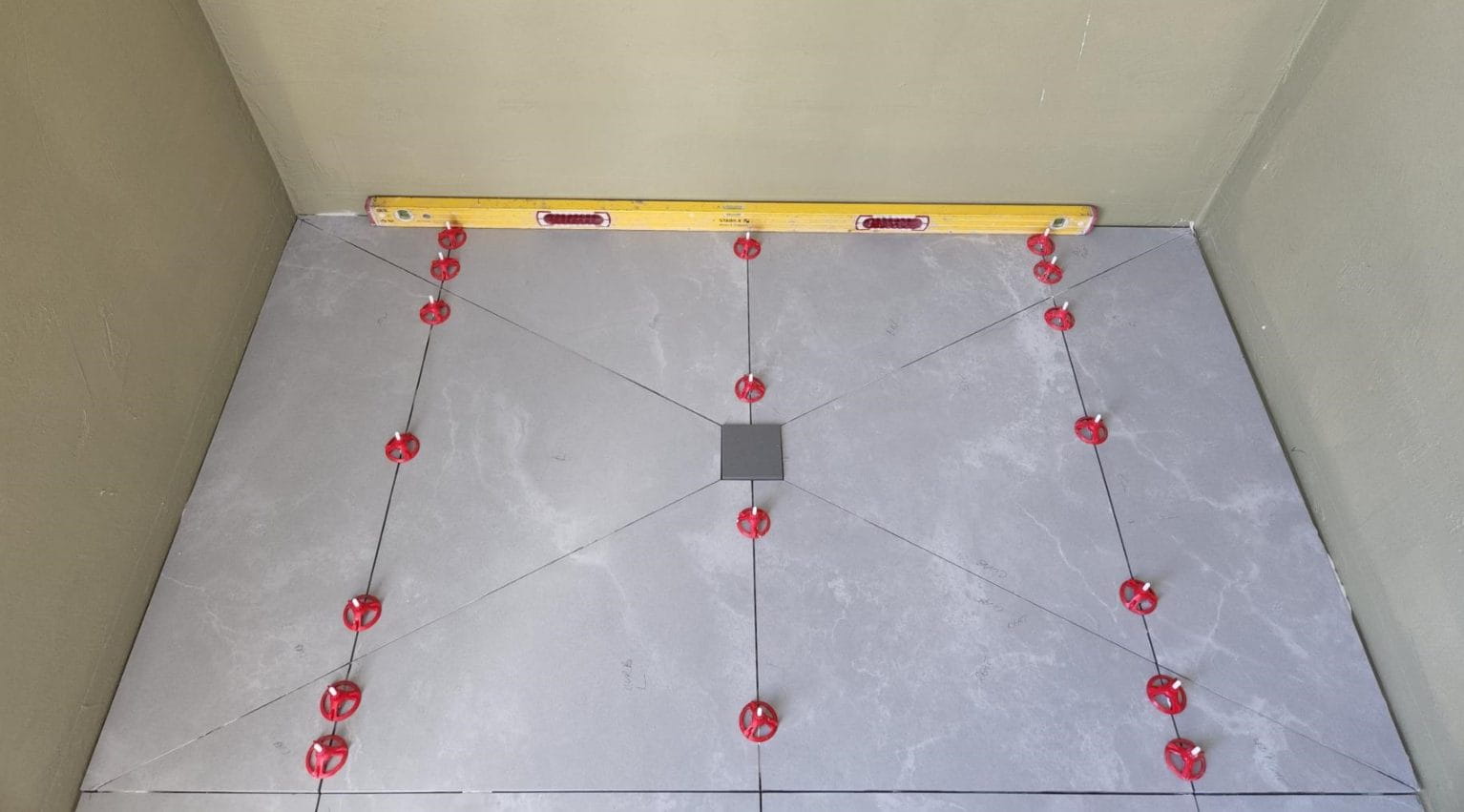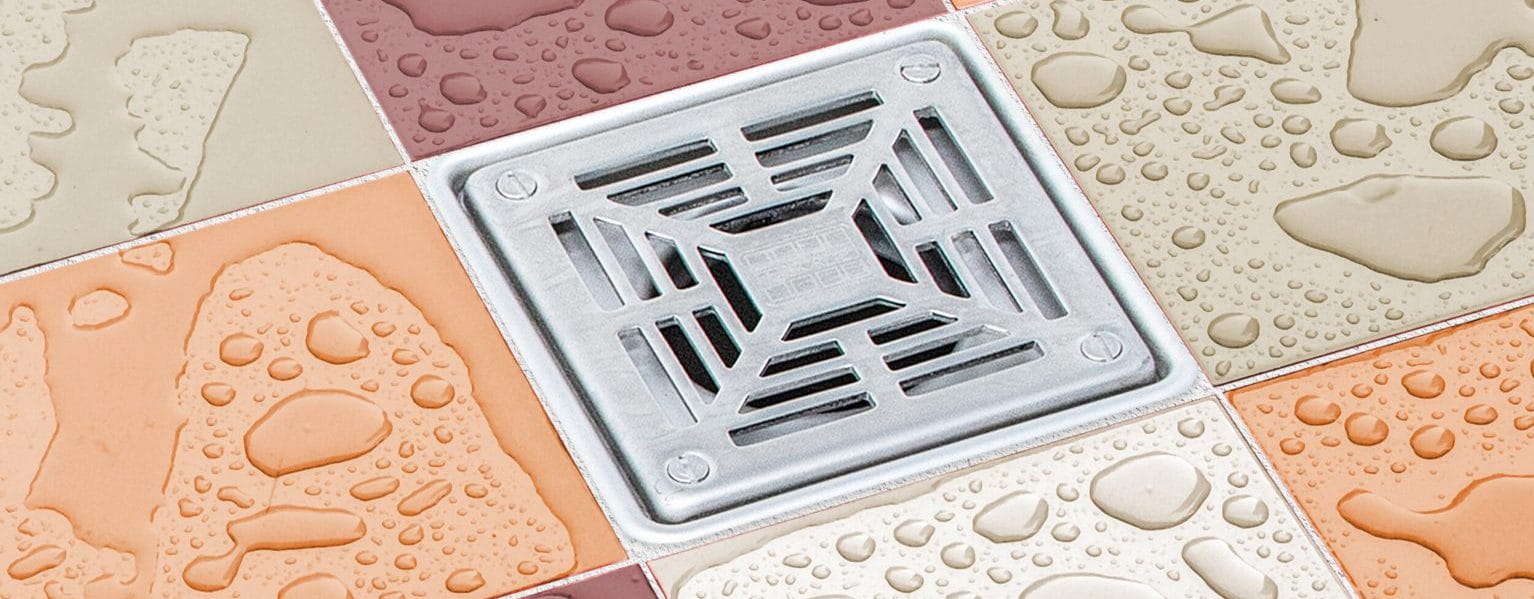Archive
Tagcloud
Comment installer un drain de douche dans le béton

Apprendre à installer un drain de douche dans un sol en béton est essentiel pour un projet de salle de bain homogène et fonctionnel. Ce blogue fournit un guide étape par étape pour l’installation d’un drain de douche dans une dalle de béton. Il couvre les étapes clés, y compris le marquage et la préparation de la zone, la coupe du béton, la mise en place du tuyau d’évacuation et la fixation sécurisée du drain de douche. En suivant ces instructions, on s’assure d’une installation adéquate qui prévient les fuites et favorise une évacuation efficace de l’eau. Que vous soyez un bricoleur ou que vous fassiez appel à un professionnel, il est essentiel de comprendre comment installer un drain de douche dans un sol en béton pour créer un système de douche durable et fiable.
Lit de mortier collé Installation du drain de douche à bride de collage
Avant d’étaler le mortier, appliquer une couche de coulis de liaison constituée de 254 PLATINUM®. Alors que la couche de coulis est encore humide, étaler le mortier fortifié 3701 et bien le compacter. Les lits de mortier doivent être de 19 mm (3/4 po) minimum à 50 mm (2 po) maximum. Les lits de mortier dépassant une épaisseur de 2 po (50 mm) doivent être détaillés par l’architecte selon les directives TCNA F112. Avant la pose du drain à bride de collage HYDRO BAN® :
- Assurez-vous que le panneau de ciment a été installé sur les murs selon les recommandations du fabricant.
- Le drain à bride de collage HYDRO BAN doit être posé selon la méthode TCNA B422.
- Avant de poser les drains à bride de collage HYDRO BAN, s’assurer que l’ouverture dans le plancher où se trouve le raccord du tuyau de vidange est d’un diamètre de 108 mm (4 1/4 po).
- La lèvre du drain à bride de collage HYDRO BAN se loge à environ 32 mm (1 1/4 po) au-dessus du support.
- Poser à sec le drain à bride de collage HYDRO BAN dans l’ouverture et sur le tuyau de vidange en dessous.
- Pour le raccordement à un tuyau de vidange de 50 mm (2 po) qui est déjà en place, le haut du tuyau de vidange doit être de 44 mm (13/4 po) en dessous de la surface du support.
- S’assurer que le drain à bride de collage HYDRO BAN est en PVC pour le raccordement à un tuyau d’évacuation en PVC ou en ABS pour la connexion à un tuyau d’évacuation en ABS.
- Cimenter en place le drain à bride de collage HYDRO BAN en utilisant un solvant de PVC et du ciment pour le PVC et un solvant et du ciment d’ABS pour le drain à bride de collage ABS HYDRO BAN et les raccords du tuyau de vidange.
- S’assurer que la bride de collage HYDRO BAN est de niveau avant la cure du ciment de PVC d’ABS.
- NE PAS MÉLANGER les matériaux. Cela causera une défaillance dans la soudure du tuyau.
Lit de mortier — Pose sur du béton (voir ESB422BFD Béton à liage et ES-B422BFD Béton sans liage)
- Pour un lit de mortier à liage sur un drain de douche en béton, avant de placer le mortier, appliquer une couche de coulis de liaison constituée de 254 Platine.
- Alors que la couche de coulis est encore humide, étaler le lit de mortier renforcé 3701 et bien le compacter.
- Les lits de mortier à liage sur du béton doivent être de 19 mm (3/4 po) minimum à 2 po (50 mm) maximum.
- Pour une pose sans liage sur du béton (voir ESB415BFD Béton sans liage), utiliser une membrane de clivage, comme spécifié dans la norme ANSI A108.02-3.8, au lieu d’une couche de coulis de liaison.
- Si la méthode sans liage est utilisée, installer la membrane de clivage avant de poser le drain à bride de collage HYDRO BAN.
- Le mortier renforcé 3701 doit être renforcé avec une armature de renforcement de 50 mm x 50 mm (2 po x 2 po).
- Les lits de mortier sans liage sur du béton doivent être de 32 mm (1-1/4 po) minimum à 50 mm (2 po) maximum.
Pour les poses de lit de mortier lié et non lié :
- Placer suffisamment de lit de mortier renforcé 3701 sous le drain à bride de collage HYDRO BAN pour supporter la bride du drain.
- La hauteur minimale entre la bride et le support doit être de 32 mm (1-1/4 po).
- Ensuite, placer un ruban de lit de mortier renforcé 3701 le long des murs opposés pour créer une pente d’une inclinaison de 6 mm (1/4 po) par pied vers le drain à bride de collage HYDRO BAN.
- Remplir l’espace entre le drain et les murs avec du lit de mortier renforcé 3701 ; chape et bien compacter.
- Les lits de mortier dépassant une épaisseur de 2 po (50 mm) doivent être détaillés par l’architecte selon les directives TCNA F112.

Pour plus d’informations sur l’installation des drains de douche, veuillez consulter nos différentes informations sur les produits de drains de douche LATICRETE et nos instructions d’installation des drains de douche.
